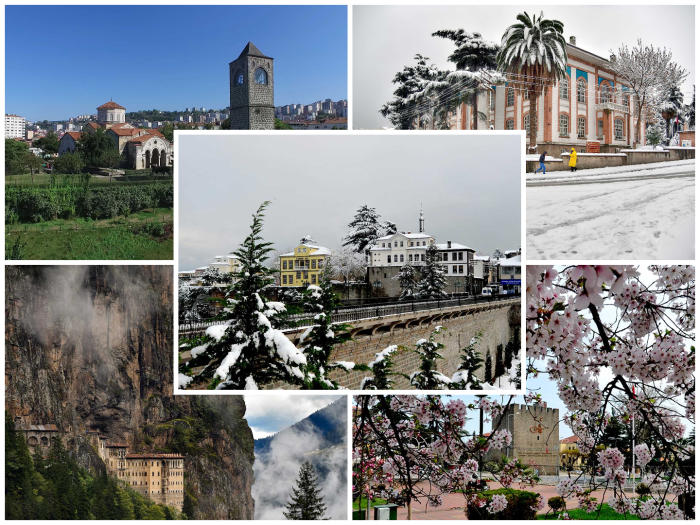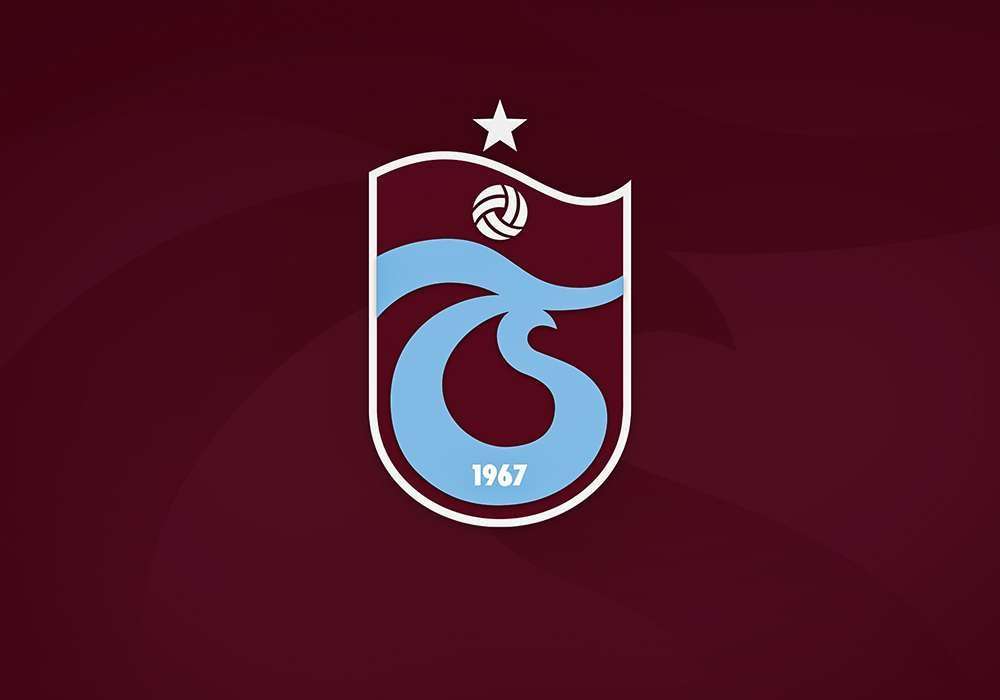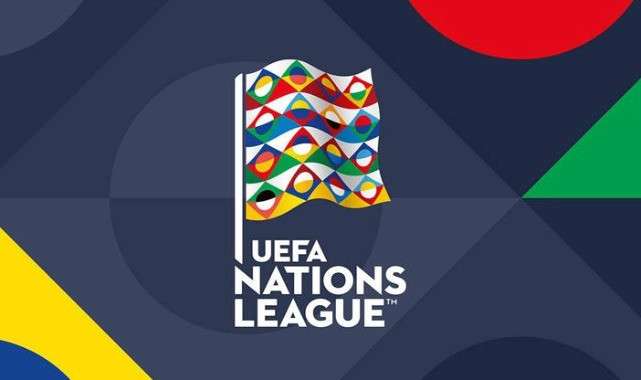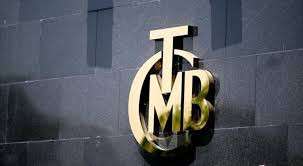Trabzon is a city in Turkey, its history and promotion
Trabzon is a city in Turkey, its history and promotion
TRABZON HISTORY...Trabzon is a city in Turkey, its history and promotion ....
TRABZON HISTORY
The city center rises from the sea in the north to Boztepe in the south in irregular terraces. The Değirmendere, Kuzgundere (or Tabakhane) and Zağnos streams divide the settlement from south to north with deep straits. The oldest known settlement remains of the city have been identified on the area between the Tabakhane and Zağnos streams, which is in the form of an irregular high table. For this reason, the view that the name Trabzon comes from the ancient Greek word “trapezos” meaning table or trapezoid/trapezoid is gaining ground. The name Trabzon, Trapezos, is first encountered in the ancient source called “Anabasis” written by the Greek commander Kesnophon, which recounts events that took place in the 4th century BC.
The Milesians of Ionian origin came to the Black Sea in the 7th century BC after Western Anatolia and established colonial cities on the coast. Trabzon is also counted among these colonies whose center was Sinop, and many researchers indicate this period as the first establishment of the city. However, local tribes such as the Kolkhs, Drillers, and Macrons had been living around Trabzon much earlier.
In the same century, the Black Sea Region was subjected to raids by the Cimmerians and then the Scythians coming from the Caucasus. However, it is debatable whether these movements occurred before or after the establishment of the colonies. In the 6th century BC, Trabzon came under Persian rule and remained within the satrapy called Pontus Cappadocia.
In 334 BC, Alexander the Great, King of Macedonia, ended Persian rule in all of Anatolia. During the chaos that occurred after Alexander's sudden death, Mithridates, the son of Pontus satrap II. Ariantes, founded the Pontus State in the Black Sea with the support of the local people. Trabzon remained within the borders of the Pontus State whose center was Amasya in 280 BC.
In 334 BC, In the 1st century, the Romans, who were gaining strength in the west, began to invade Anatolia. After the Roman king Pompeius defeated the Pontus King Mithridates V in the Kelkit valley, the Pontus Kingdom was dissolved. Thus, Trabzon came under Roman rule in 66 BC. The imperial period began in Rome with Augustus in 27 BC. As a result of the administrative arrangement of Augustus, Trabzon was included in the vassalage called Pontus Polemoniacus, and during the reign of Emperor Tiberius (14-37 AD), it remained within the borders of another administrative division, the Cappadocia Province. During the reign of Emperor Nero (54-68), it was granted the privilege of being a free city. During this period, Trabzon is described in historians' books as a "famous" and "rich" city. During the reign of Vespasian (69-79), who gave importance to the defense of the eastern border of the Roman Empire, Trabzon was included in the Cappadocia-Galatia Province.
During the reign of the famous Roman Emperor Hadrian (117-138), important construction activities were carried out in Trabzon as in the entire empire, many religious and military buildings, roads, aqueducts and an artificial port, the remains of which can be seen until recently, were built. After Hadrian, Trabzon's bright period ended and the authority to mint money was taken away from him in 244. While the busts of Roman Emperors were on the front of the Trabzon coins minted during the Roman Period, their own mythological figures from the Pontus Kingdom period were included on the back and Greek writing was used.
Trabzon was attacked by the Goths who raided the entire Eastern Black Sea Region in 276, and the entire city was burned and destroyed in this attack. We understand from a Latin inscription in the Trabzon Museum that some construction activities were carried out again in Trabzon at the beginning of the 4th century during the four-party administration consisting of Diocletian Maximian, Constantinius and Galerius in the last period of the Roman Empire.
When the Roman Empire was divided in 395, Trabzon remained within the borders of the Eastern Roman/Byzantine Empire, whose center was Istanbul. Byzantine Emperor Justinianus (527-564) restored the city walls in Trabzon and initiated a new construction activity. During the time of Heraclius (610-641), the empire began to be divided into military regions, and Trabzon became the center of the Chaldia Theme established during the time of Theophilos (829-842).
Muslim Arabs came to the Eastern Black Sea Region and Trabzon during their raids on Anatolia from the beginning of the 8th century onwards.
When the Byzantine Empire fell into the hands of the Latins who came with the Fourth Crusade in 1204, Alexios and David, the grandsons of Emperor Andronikos I Komnenos who fled from Istanbul, founded the independent Komnenos Kingdom in Trabzon in 1204 with the help of the Georgian Queen Tamara. The Komnenos Kingdom, which was able to maintain its political existence by forming marriage ties with the Anatolian Seljuks and paying taxes, experienced its brightest period during the reign of Manuel I Komnenos (1238-1265). The title of “happiest” appears on the coins of Manuel I, who became economically stronger thanks to the influence of the silver mines in Gümüşhane.
After Bayezid I conquered the Samsun region in 1398, the Komnenos Kingdom of Trabzon became part of the Ottoman Empire.
ı was forced to pay annual taxes to the state. During his reign (1458-1461), David Komnenos stopped paying taxes and demanded back what he had previously paid through the Sultan of the Akkoyunlu State, Uzun Hasan, and proposed an alliance with the great powers in Europe against the Ottomans. Thereupon, the Ottoman forces led by Fatih Sultan Mehmet laid siege to the region and captured Trabzon in 1461, ending the rule of the Komnenos.
Trabzon was first governed by princes and governors as a province and sanjak during the Ottoman period. The first sanjak bey was Hızır Bey. In 1470, the sanjak beylik was given to Prince Abdullah at a young age; Abdullah lived in Trabzon with his mother Şirin Hatun until 1479. Yavuz Sultan Selim was also a Sanjak Bey in Trabzon during his princedom (1491-1512), and his son Sultan Suleyman, who would later take the title of Kanuni, was born here.
In the 16th century, Trabzon was combined with the Lazistan Sanjak, whose center was Batumi, and turned into a province, and became the center of this new administrative unit. In 1867, a great fire broke out in Trabzon, many public buildings were burned, and the city was later reorganized. It became a province in 1868, and in addition to the central sanjak, Lazistan, Gumushane, and Canik Sanjaks were also attached to it.
During World War I, the Russians attacked Trabzon (April 14, 1916). The striking forces (militia) consisting of people from Trabzon fought a guerrilla war during this attack. During this time, the ammunition that arrived at the Trabzon Port with the support of the Hamidiye Armored Ship to be sent to the front was unloaded with great excitement by the young people of Trabzon and carried to Maçka.
Successful battles were fought against the Russians in the Sultan Murat Yaylası in Çaykara (June 10, 1916), Baltacı in Of, and Yanbolu Creeks in Arsin, but under the conditions of those years, the enemy could not be prevented from entering Trabzon and the Russians entered Trabzon on April 14, 1916. During the one year, ten months and ten days that the Russians stayed in Trabzon, the Greeks and Armenians in particular tortured the local people and killed countless people.
In 1917, the “Bolshevik Revolution” took place in Russia and the Tsarist Administration collapsed. Thereupon, great panic began in the Russian army. This also led to the Russians withdrawing from Trabzon. On the other hand, the Turkish gangs, moving from west to east and gathering in Karadağ, descended to Akçaabat and marched towards Trabzon from three wings under the command of Captain Kahraman Bey and entered Trabzon on February 24, 1918.
The Great Leader Atatürk came to Trabzon three times during the Republic period; in 1924, 1930 and 1937, the first day they came, September 15, 1924, was accepted as "ATATÜRK DAY" by the people of Trabzon and this was announced to him by wire.
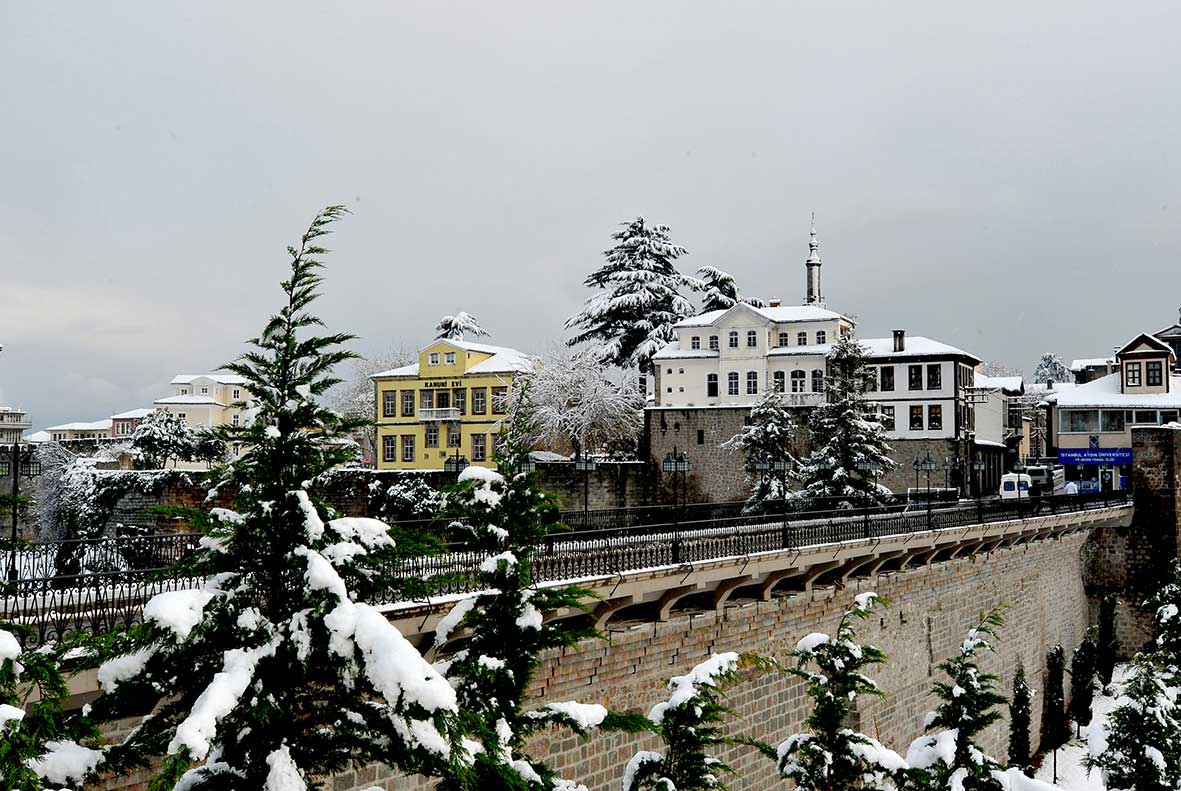
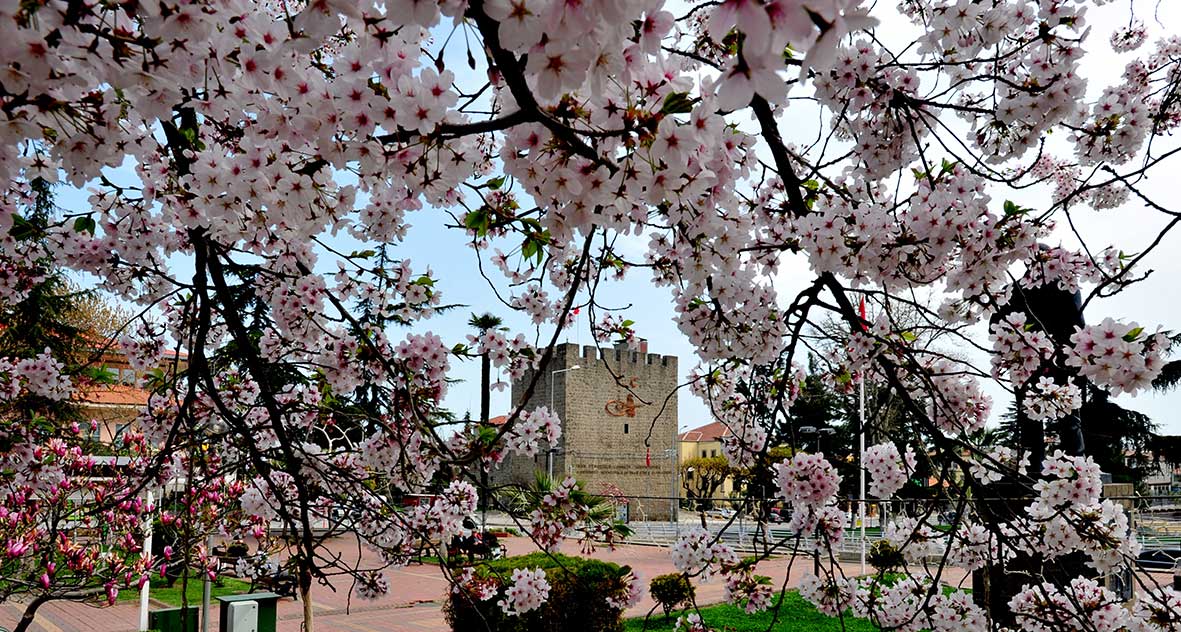
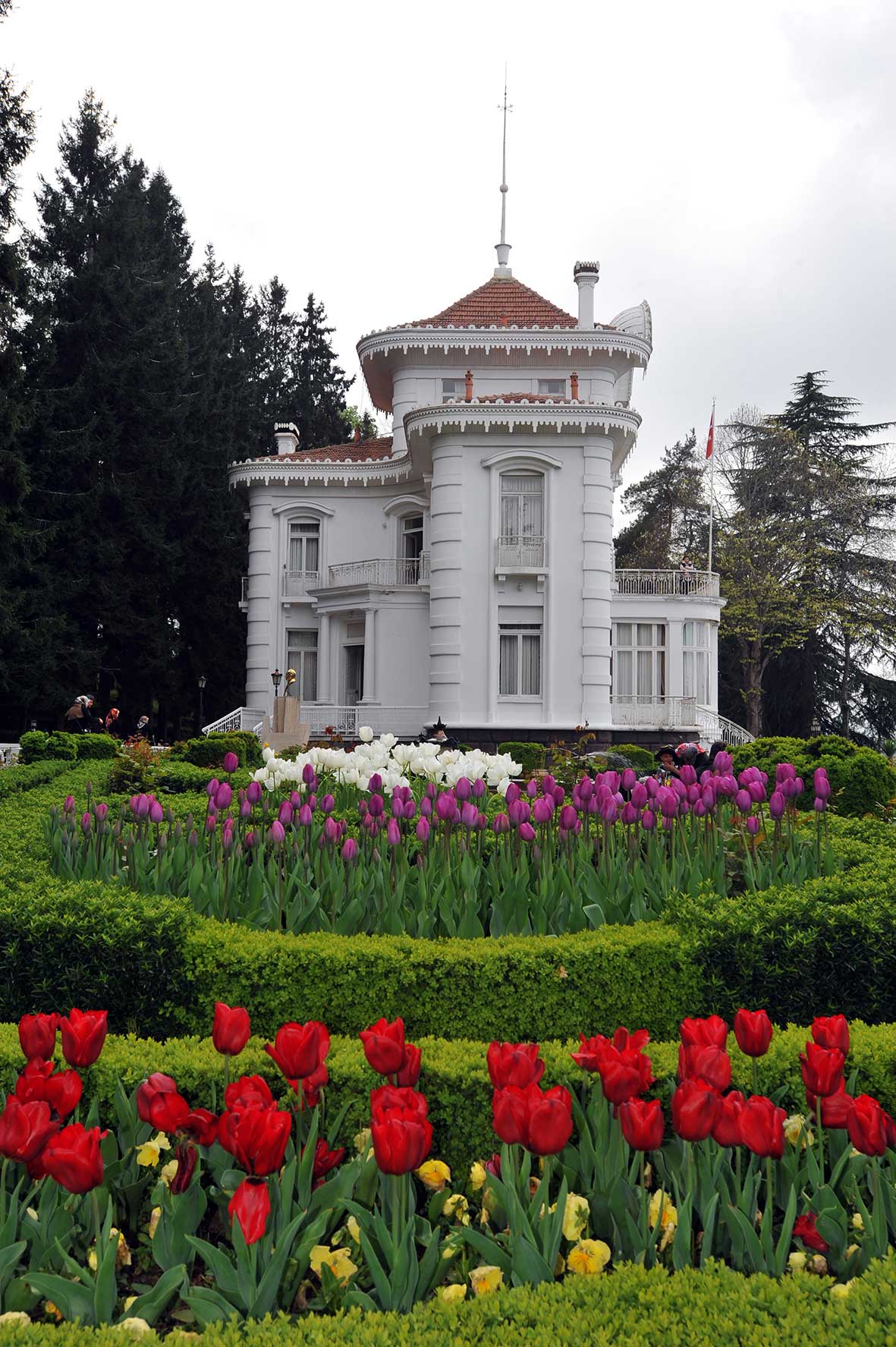
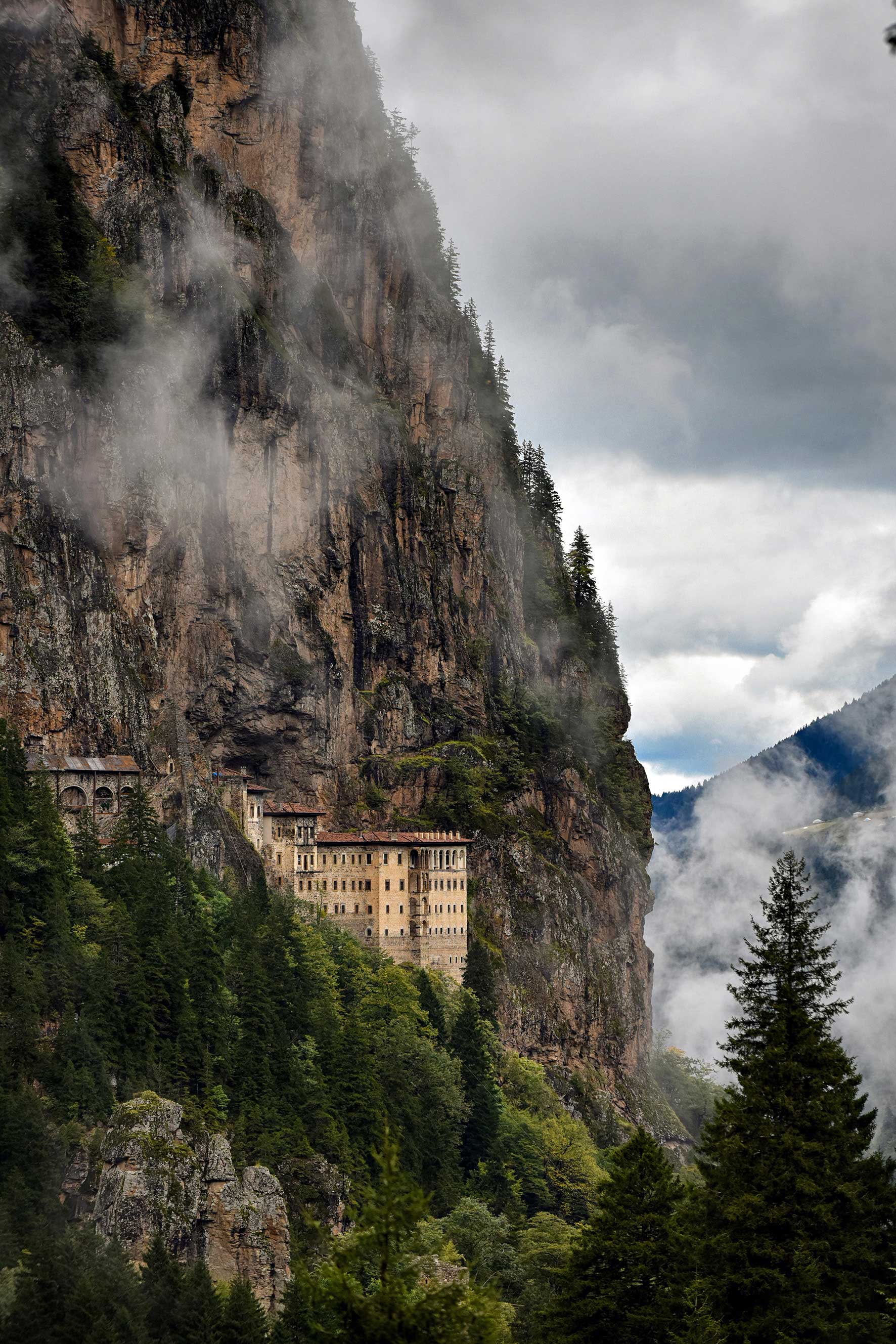
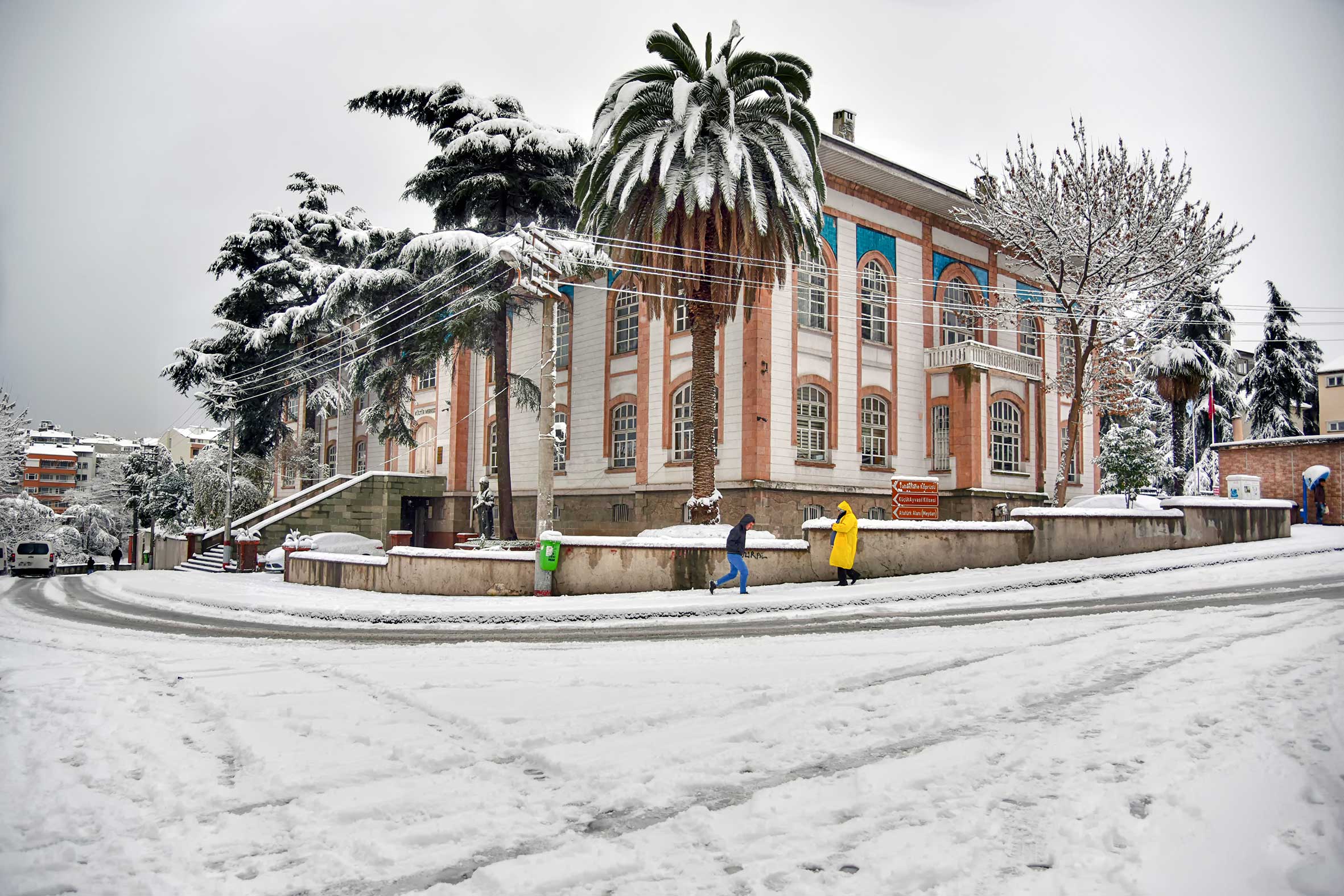
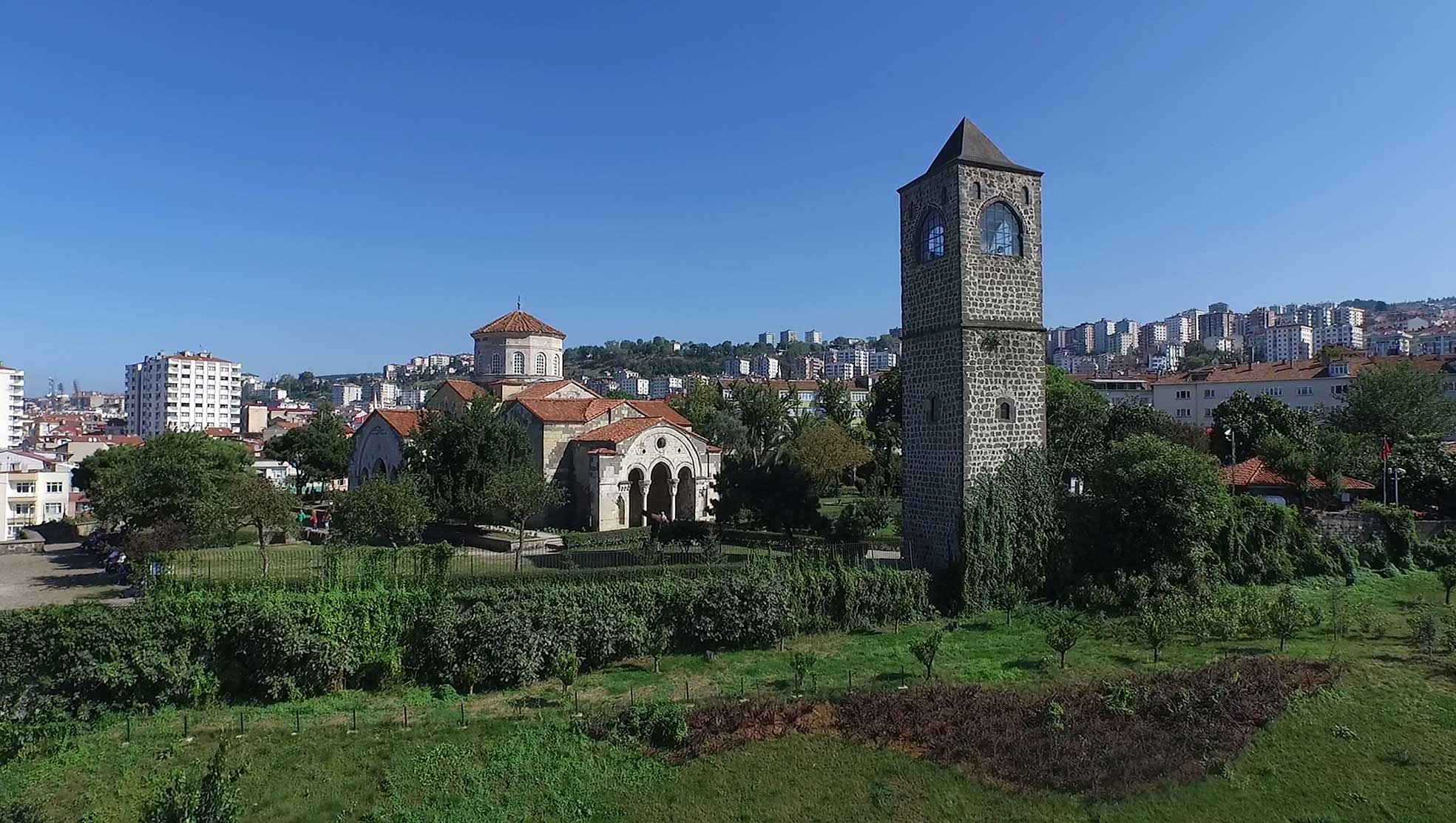
Trabzon HABERİ
Yorumunuz başarıyla alındı, inceleme ardından en kısa sürede yayına alınacaktır.




